
by Debbie Palmer | Feb 1, 2022 | Water Quality
According to a home value study completed by the Ohio Sea Grant College Program at Ohio State University, an improvement in water clarity of two meters can lead to a 5% increase in the average property value (Banicki, 2006). Conversely, another study suggests...

by Debbie Palmer | Dec 17, 2021 | Aquatic Vegetation, Featured, General, Lake Info, Water Quality
Winter conditions play a role in what the lake could look like next season According to an email I received from Indiana Climate INformer, we are now experiencing our second winter in a row with active La Niña conditions in the equatorial Pacific. The main wintertime...

by Debbie Palmer | Nov 2, 2021 | Aquatic Vegetation, Featured, Invasive Species, Water Quality
Photo: Full rake of Starry Stonewort pulled from Lake Maxinkuckee Last year I wrote an article about the role that aquatic plants play in a healthy lake. Benefits of Aquatic Plants Starry StonewortNitellopsis obtusa Provide Habitat and Food for Fish and Wildlife...

by Debbie Palmer | Jul 23, 2021 | Featured, General, Water Quality
I hope you read the recent blog article Lake Maxinkuckee’s Annual Check-Up. I wrote about Indiana University’s Clean Lakes Program and revealed Lake Maxinkuckee’s Carlson’s TSI score – putting us in between Oligotrophic and Mesotrophic. I also posed the...

by Debbie Palmer | Jul 7, 2021 | Featured, Water Quality
photo courtesy of Jim Haist The Indiana Clean Lakes Program was created in 1989 and is administered through a grant to Indiana University’s School of Public and Environmental Affairs (SPEA) in Bloomington. The goal is to collect data to identify water quality...

by Debbie Palmer | Jun 28, 2021 | Featured, General, Water Quality, Watershed
According to The Environmental Protection Agency, sediment – loose sand, silt, clay and other soil particles – is the most common pollutant in our waterways. Accelerated erosion from human use of land accounts for 70% of that sediment, and the most concentrated...
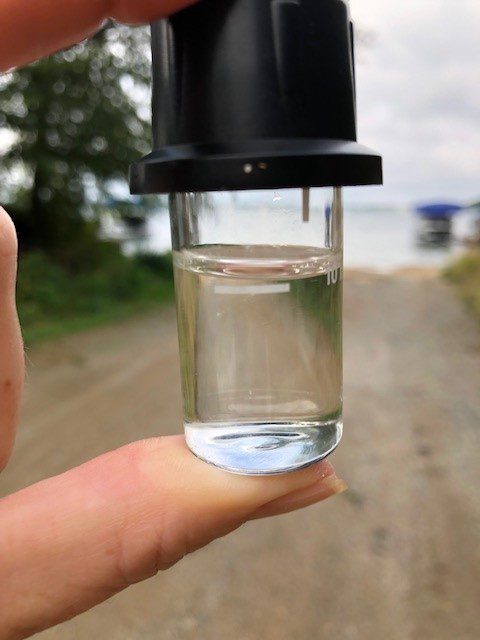

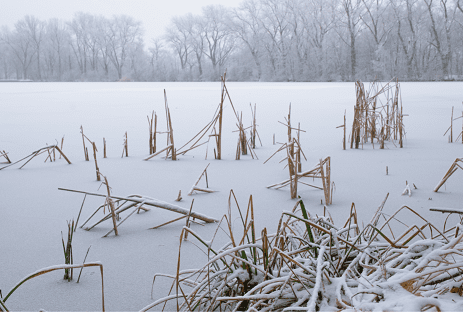
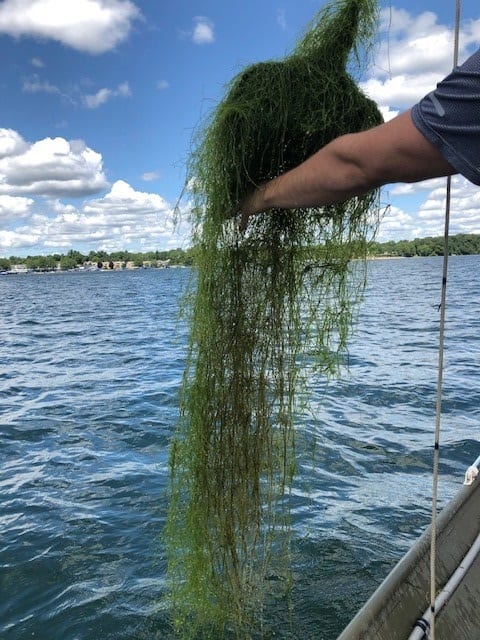

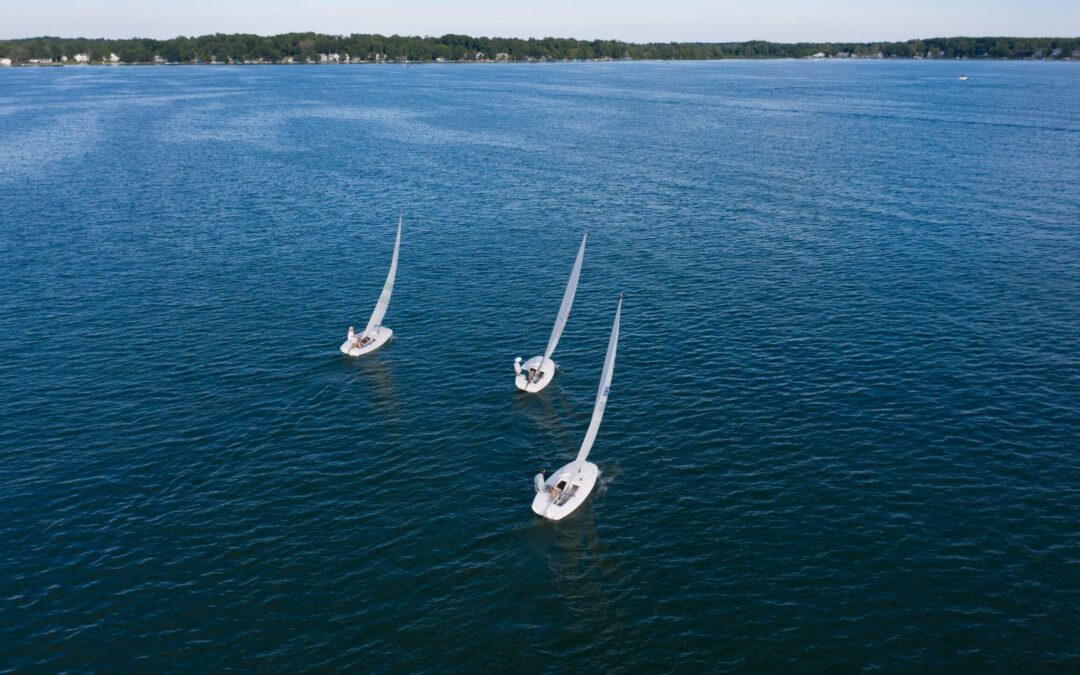
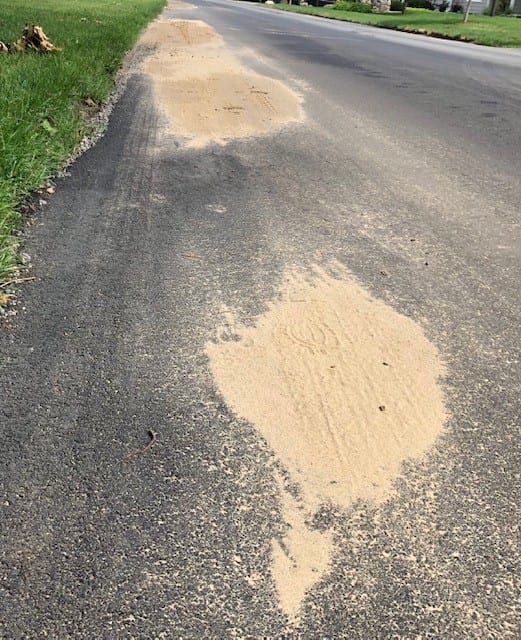
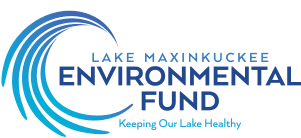
Recent Comments